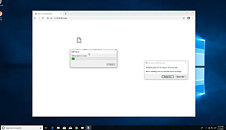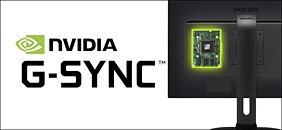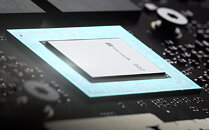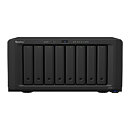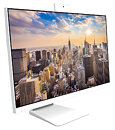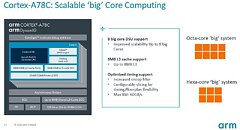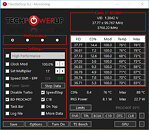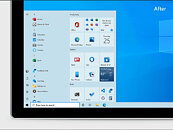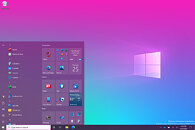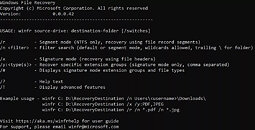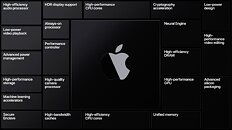
Microsoft Preparing Updated Windows Store Application
Microsoft is reportedly developing an updated Windows Store that will introduce a new modern and fluid design along with changes to how developers submit applications. The current Store has seen limited adoption and is criticized for its unintuitive design and slow loading times, the new Store will follow Microsoft's updated design language and will feature new layouts, designs, and fluid animations. The Store will continue to be published as a UWP app and will receive monthly updates to introduce new features and improvements. This update should also improve stability when downloading and installing large games and applications.
The current Store has seen limited adoption due to the restrictive requirements for developers, Microsoft currently only allows UWP (Universal Windows Programs) and packaged MSIX programs to be uploaded but will now allow traditional unpackaged Win32 apps also. Microsoft will also allow developers to host their apps and updates with private content delivery networks and integrate third-party commerce functionality. These changes will grant greater control to developers and hopefully entice more applications to join the Store. Microsoft is expected to officially announce their plans for the new Store at Build 2021 with a public preview following.
The current Store has seen limited adoption due to the restrictive requirements for developers, Microsoft currently only allows UWP (Universal Windows Programs) and packaged MSIX programs to be uploaded but will now allow traditional unpackaged Win32 apps also. Microsoft will also allow developers to host their apps and updates with private content delivery networks and integrate third-party commerce functionality. These changes will grant greater control to developers and hopefully entice more applications to join the Store. Microsoft is expected to officially announce their plans for the new Store at Build 2021 with a public preview following.







